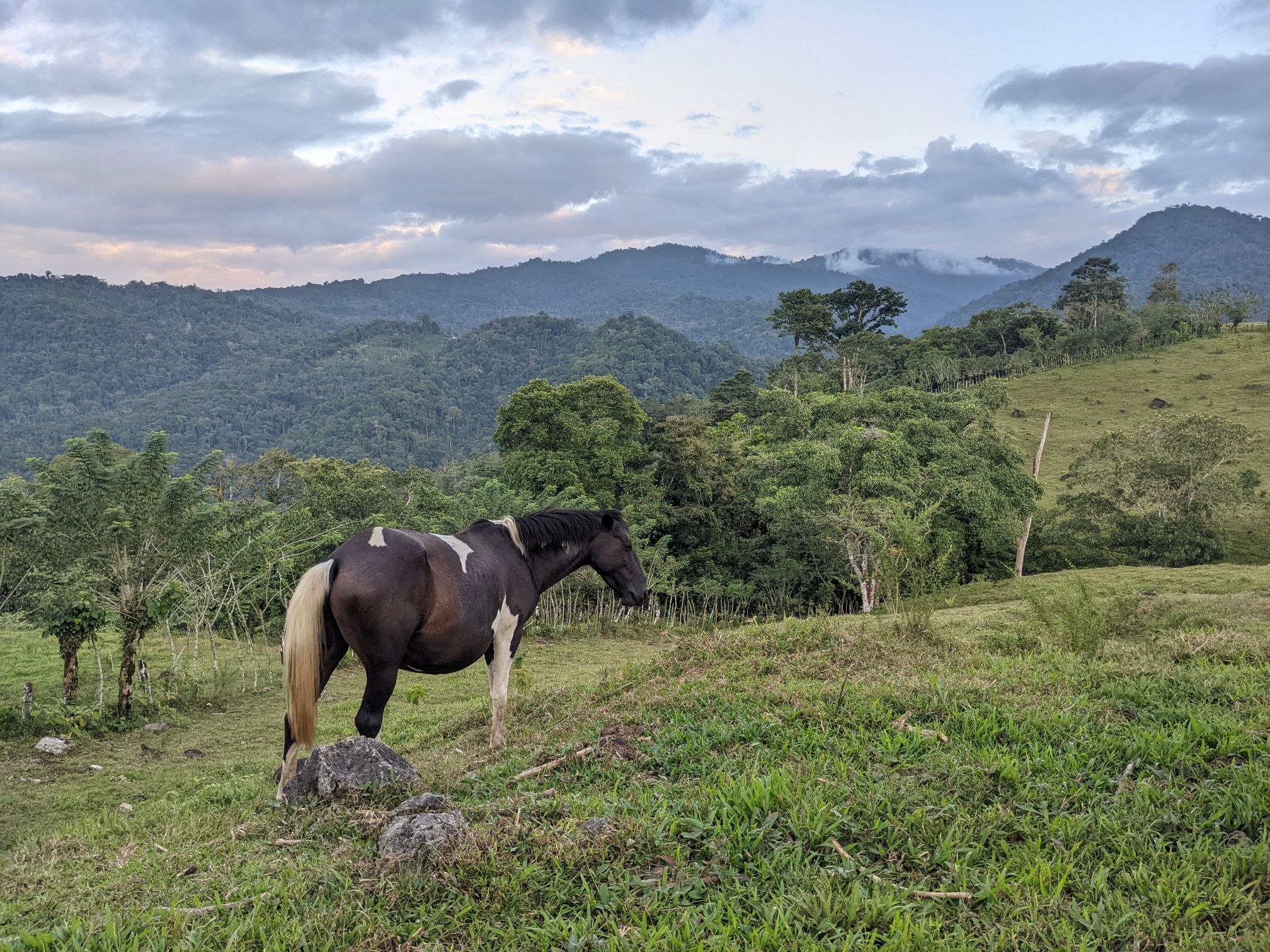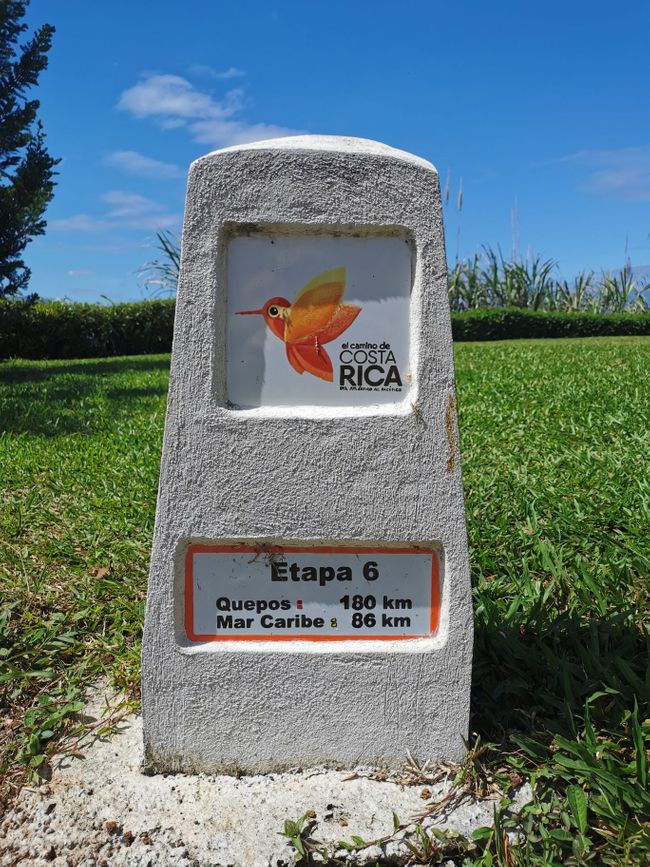Lake Titicaca - the highest navigable lake in the world
ที่ตีพิมพ์: 17.05.2019
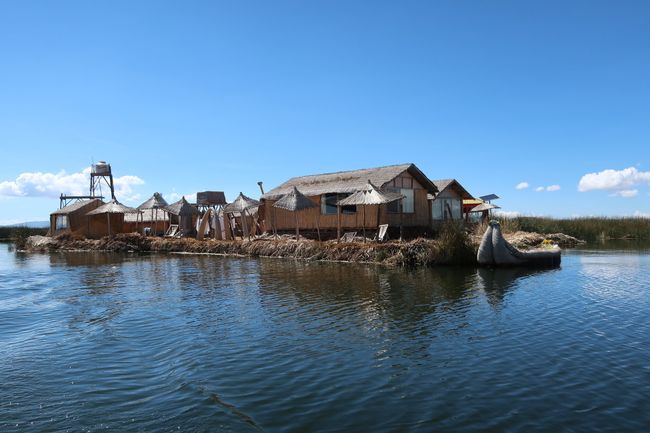
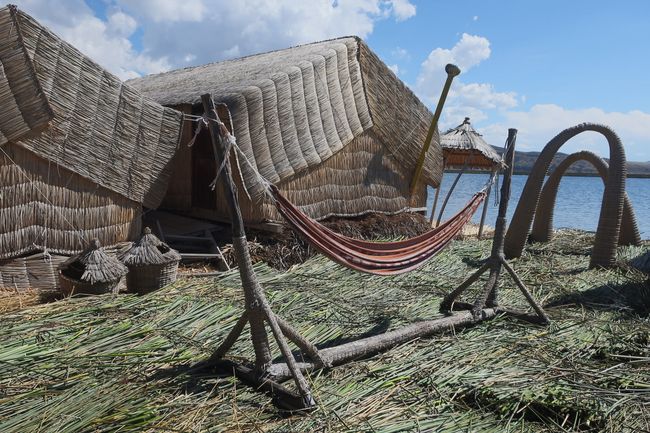
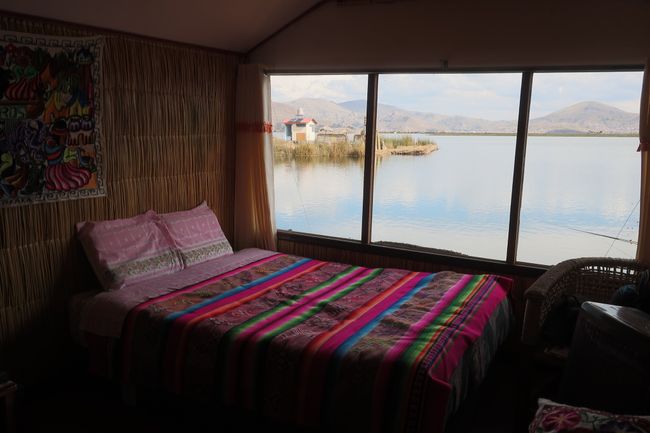
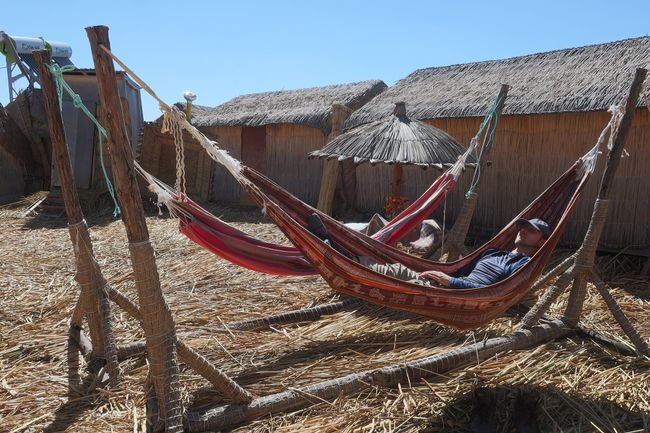
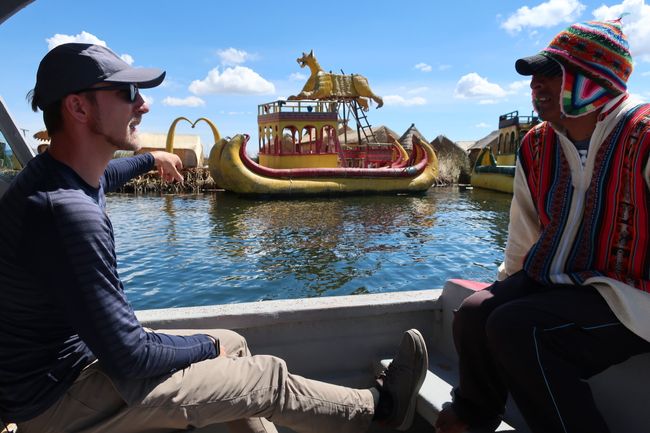
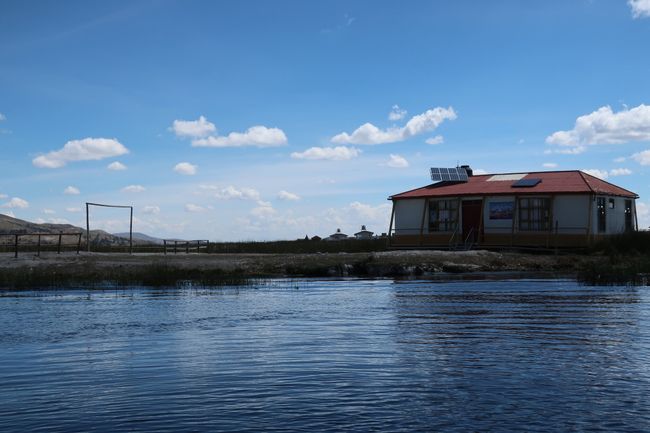
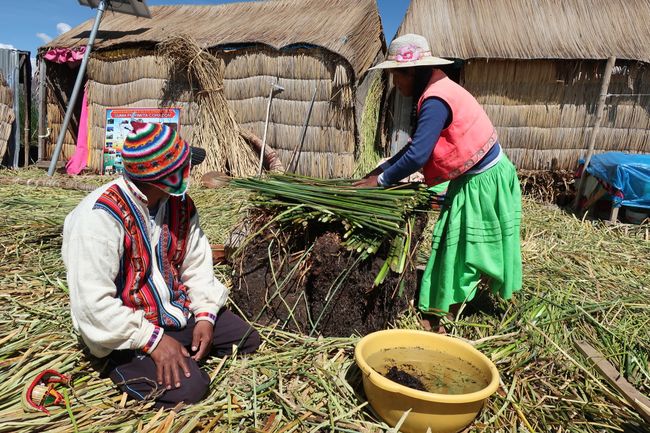
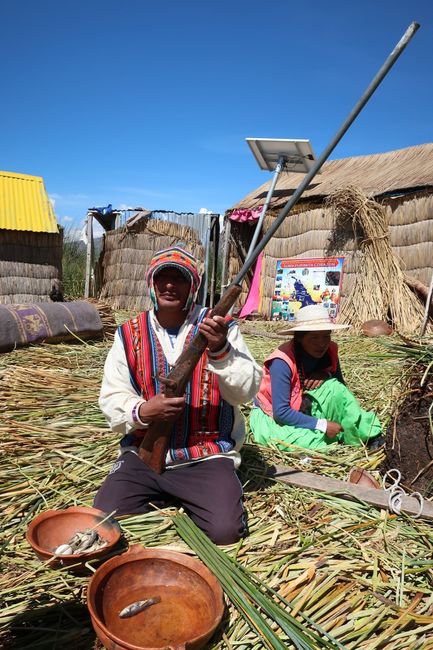
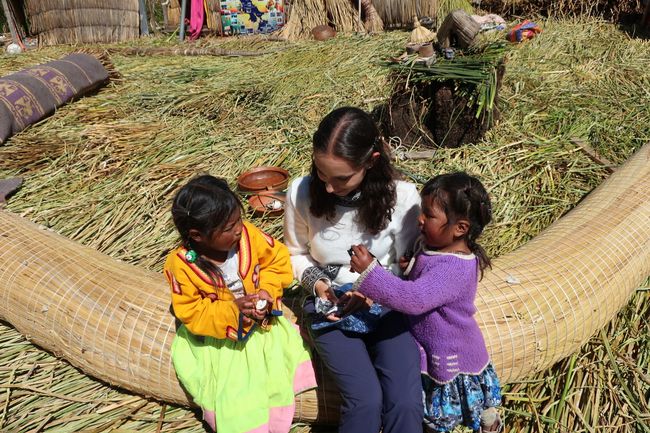
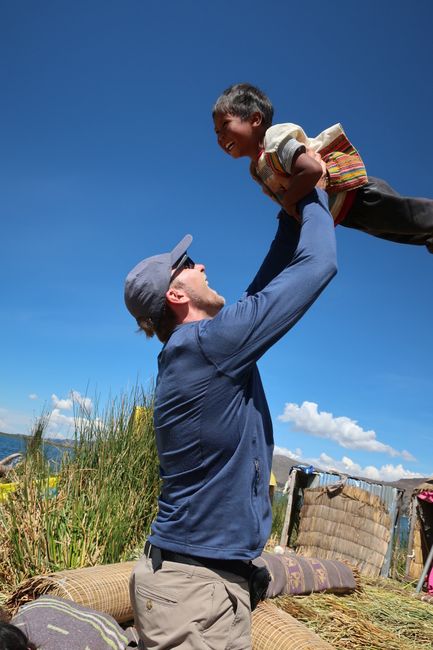
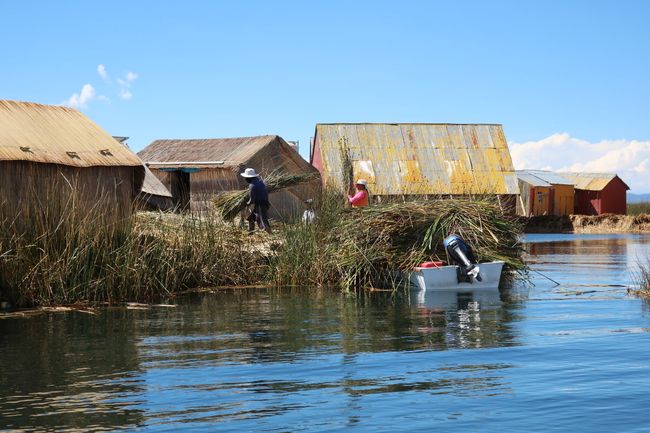
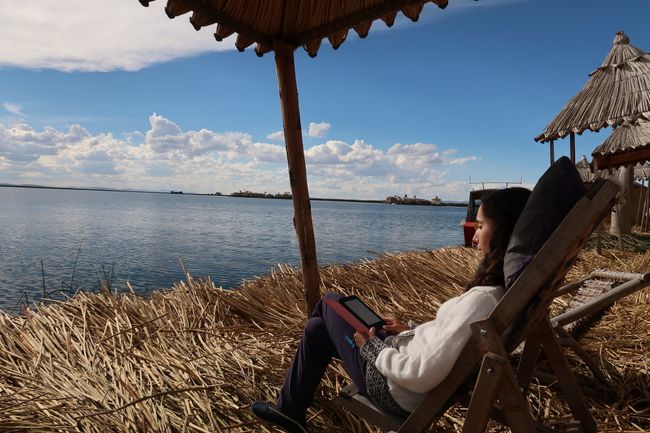
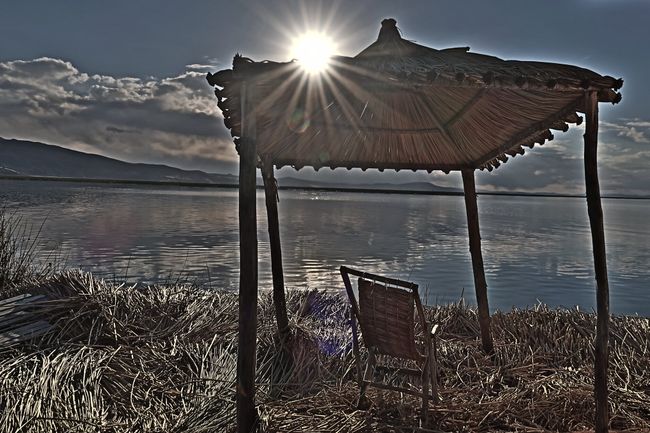
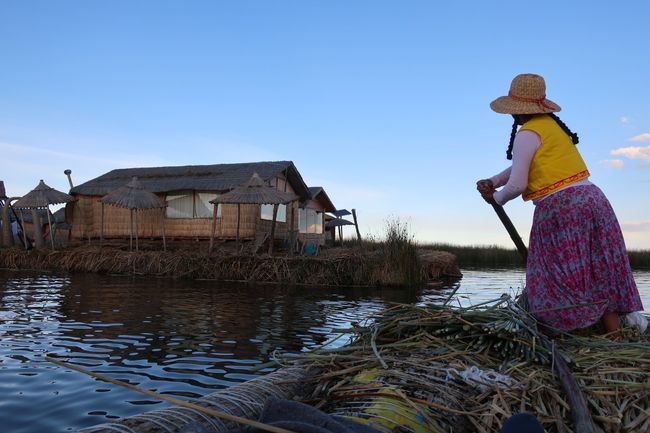
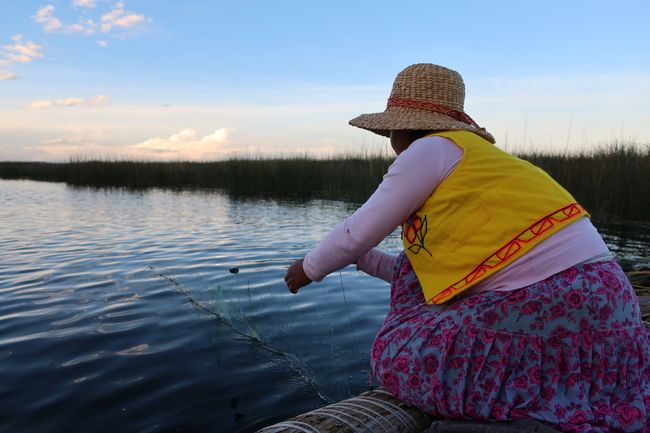
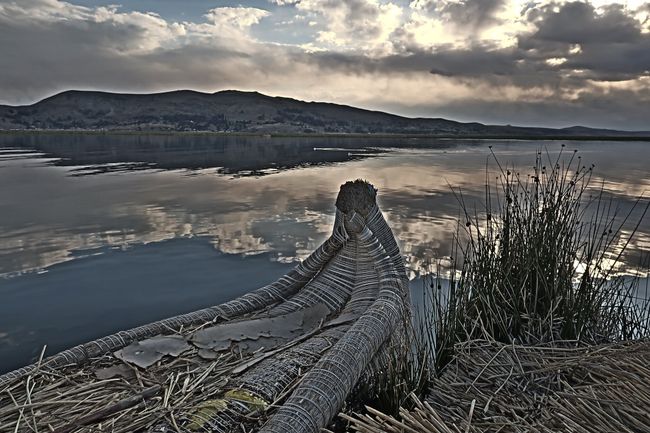
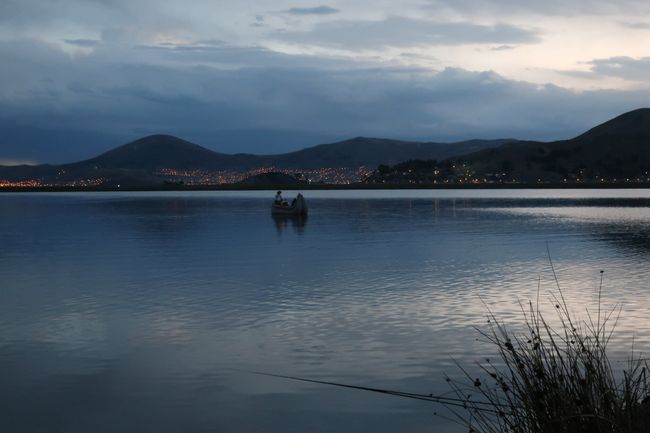
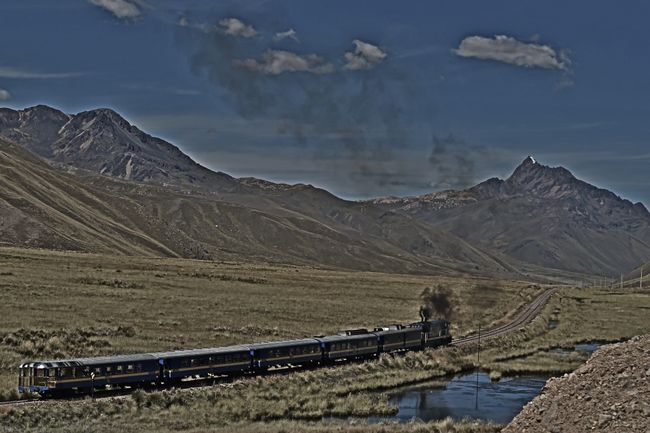
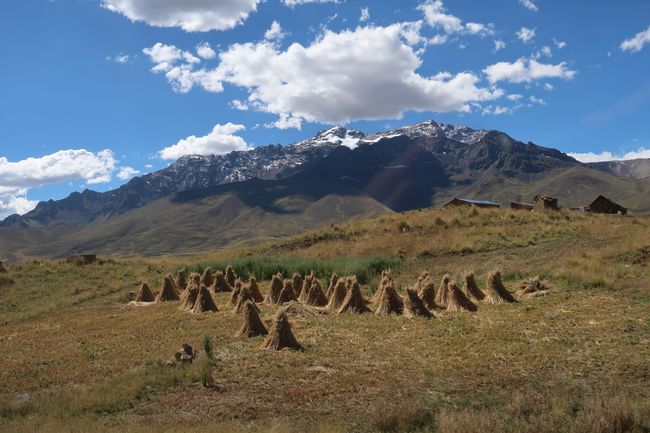
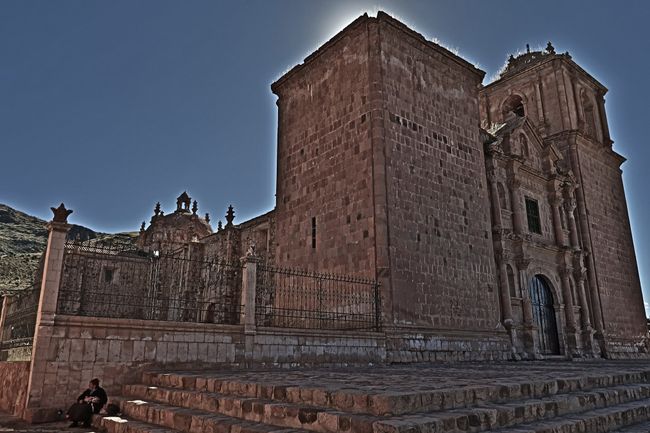
สมัครรับจดหมายข่าว
From Cusco, we took a bus to Puno on Lake Titicaca early in the morning. We opted for a tourist bus that stops at several interesting places along the way, such as a church, a ruin, a market, a museum, and a high pass, allowing us to stretch our legs during the approximately 11-hour journey. Initially, we wanted to take the train for this route, but the ride on the luxurious Belmond train, which crossed our path a few times, was too expensive for us.
Lake Titicaca is located at an altitude of 3800m, making it the highest navigable body of water in the world. Additionally, it is the largest lake in South America, with 60% of it located in Peru and 40% in Bolivia (I heard that the Bolivians tell the story the other way around). Due to the altitude, the landscape is rather barren and dry, the nights are very cold, and during the day the sun shines brightly, causing the lake to shimmer. According to mythology, the sun was born here.
Traditional life still thrives here, but tourism is also booming, making it difficult for visitors to experience something authentic. Therefore, we decided not to book a tour to one of the islands as is usually done, but to find a local family through Airbnb who offer rooms on their own floating island. We were first picked up from the bus station by a friend of the family, and later, unfortunately already in the dark, we took a motorboat about half an hour across the lake to one of the small floating islands further away. We were amazed that the island, which was about 20mx10m in size, was simple but had everything we needed. Considering that there is no running water, no permanent electricity, and no solid ground under your feet, the room in a small straw hut was almost comfortable with a shower, bio-toilet, gas stove, and panoramic windows. After a freshly prepared dinner on a gas stove and admiring the incredibly clear starry sky, we comfortably went to sleep with a hot water bottle in bed, gently swaying.
We didn't have anything special planned for the next day and mostly wanted to relax and recharge at this peaceful and secluded place, which was easily possible in the small beach chairs on the shore or the hammocks with a great view of the lake. However, late in the morning, the man of the family offered to take us out on the boat and show us his community. The Uros people speak Aymara as their first language and have been living on approximately 90 floating islands made of Totora reeds in the lake for many generations. Whenever someone gets married, a new island is built within about a year, which can be used for about 90 years. Along the way, we passed various islands where tourist groups crowded around partly kitschy colorful reed boats with animal figures as the hull, being transported across the lake. We were told that these by no means resemble traditional boats and that today most families use small motorboats for transportation. Additionally, we saw a small island with a solid house that serves as a medical center (a doctor comes once a week), and right next to it, there was even a small soccer field, a primary school, and a church.
After a while, we stopped at acquaintances on a relatively newly formed island. Here, they showed us how the islands are built. Various blocks of soil with roots of Totora reeds, which naturally float, are connected to each other with ropes. Then, a lot of cut reeds are placed on these blocks, creating a proper surface. Since the reeds rot, new Totora reeds have to be cut and applied every week. Even the small straw huts are regularly lifted to renew the base. So, quite a lot of work for your own home. The Totora reed is used for everything here: building islands and houses, making boats, baskets, and handicrafts, and you can even eat it in its fresh green form. Almost everyone here is a fisherman by profession, and some of the waterfowl are also hunted for meat and eggs (we were shown a huge, prehistoric-looking shotgun that he inherited from his parents and still uses for hunting today). No other agriculture is possible here. Every Sunday, the caught fish is exchanged for potatoes and other groceries at markets on land.
Just as a boat arrived, selling some clothes, we stayed there a little longer as our guide wanted to buy something. During this time, we were entertained by numerous curious children from the island. We had brought some inflatable balloons and cookies, which of course magically attracted their attention. We played around with them for a while, and after Chris played airplane with a girl, all the other children also wanted to be thrown into the air by him (quite a feat at 3800m).
Back on our small island with the boat, we relaxed some more, read a bit, and enjoyed the view of the lake. Towards evening, we were offered to go fishing with the wife of the house in the traditional reed boat to the nearby fishing net to see if anything had been caught. Slowly, we sailed over the lake with the setting sun and gradually pulled in the net. The catch was rather minimal, but they didn't show any disappointment.
After dinner, the weather suddenly became cloudy, and it started to thunder, lightning, and rain. It was astonishing to experience rain and thunderstorms in one of the driest places in Peru. We felt a bit uneasy about spending the night on a small reed island in the middle of the lake during bad weather, but in the end, we also made it through without any problems. The next morning, we were brought back to the mainland very early by motorboat to catch our bus to the Colca Canyon.
สมัครรับจดหมายข่าว
คำตอบ

รายงานการเดินทาง เปรู
